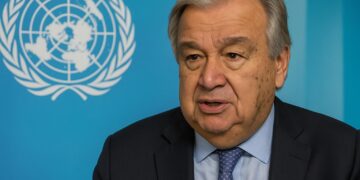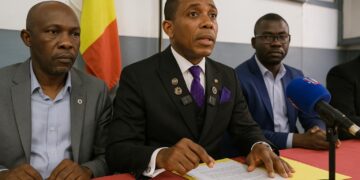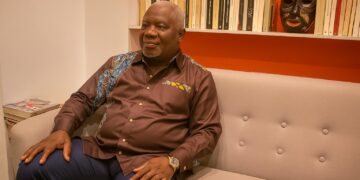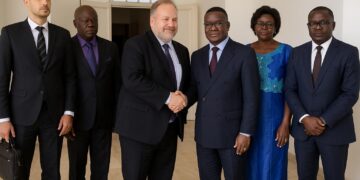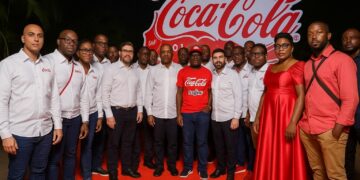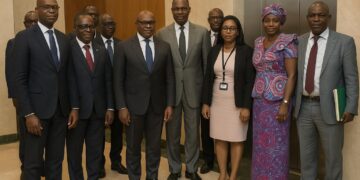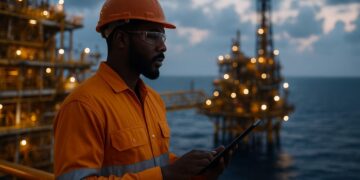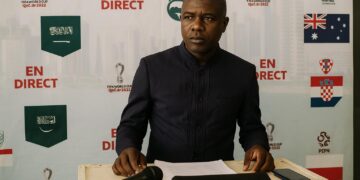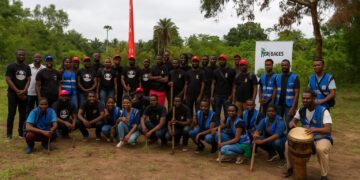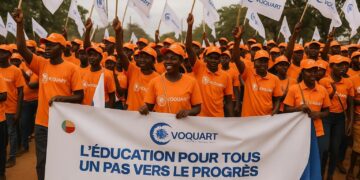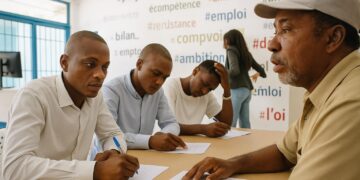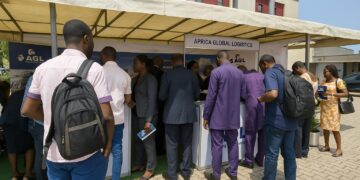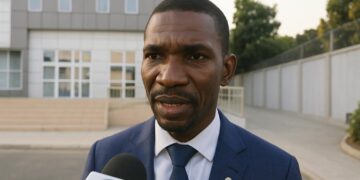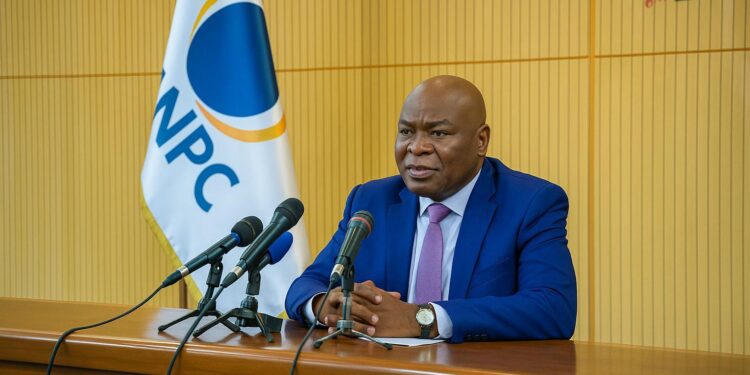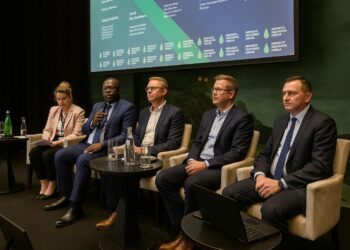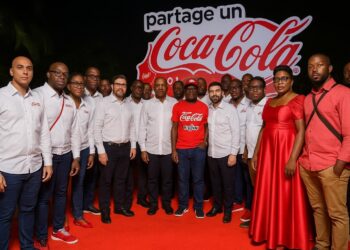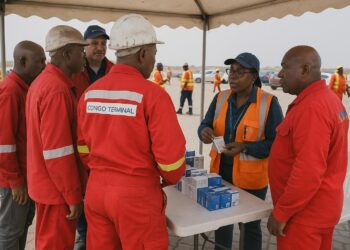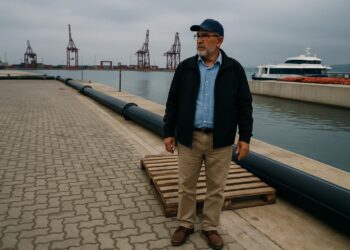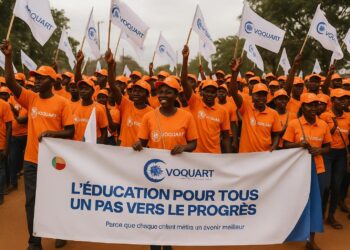Leadership continuity at SNPC
The presidential decree of 16 October 2025 confirmed Maixent Raoul Ominga as managing director of Société Nationale des Pétroles du Congo, anchoring a line of continuity at the state producer. The board endorsement follows the adoption of revised by-laws earlier that month, modernising governance.
Seen from Brazzaville’s business district, the move reassures operators that upstream projects will not lose momentum as Performance 2025, Ominga’s first transformation plan, sunsets. Investors now watch how the seasoned engineer translates institutional trust into fresh efficiency gains and strengthened cash flows.
Energy transition embedded in national strategy
President Denis Sassou Nguesso has repeatedly framed energy transition as an instrument of sovereignty. By instructing SNPC to expand beyond crude toward gas, hydrogen, biofuels and renewables, the head of state seeks to diversify revenues while meeting regional climate commitments without sacrificing growth targets.
Ominga’s new mandate answers that strategic call. Officials close to the file say prospective partnerships with independent power producers and technology firms are under study, aiming to monetize the country’s 10 tcf gas potential and pilot small-scale solar arrays near producing fields as early as 2026.
Priority one: Governance and talent
First on the six-point dashboard is tighter governance. The director general plans to merge risk, audit and compliance into a single office reporting directly to him. He argues that streamlined oversight will shorten decision cycles and increase discipline across joint ventures and subsidiaries.
Human capital is the other half of that equation. Management intends to triple training hours per employee, prioritising subsurface data analytics, project finance and gender equity. According to internal estimates, a one-percentage-point rise in female technical staff could lift productivity by three points over time.
Priority two: Sharper capital allocation
SNPC will recalibrate capital expenditure to improve offices, laboratories and logistics hubs, yet remain within the 2026 budget envelope cleared by the Ministry of Finance. Executives believe targeted refurbishments can boost uptime of critical equipment by 15 percent without pressuring sovereign borrowing.
An early sign emerged with the planned upgrade of the Pointe-Noire headquarters, where virtual reality rooms for reservoir modelling will replace outdated drafting tables. Contractors from local small and medium enterprises are shortlisted, supporting the government’s import-substitution and youth employment objectives policy targets.
Priority three: Unlocking licence value
SNPC holds equity in more than 30 blocks, yet several remain dormant. Ominga wants new farm-in partners and is prepared to seed early seismic campaigns using internal cash reserves. His team is mapping fiscal sweeteners that would keep Congo competitive vis-à-vis emerging Atlantic provinces elsewhere.
Analysts note that expediting first oil from marginal fields could generate an extra 8,000 barrels per day, roughly one percent of national output, cushioning revenue as mature reservoirs plateau. Rapid licensing decisions therefore carry macro-fiscal significance beyond corporate earnings for Brazzaville treasury.
Priority four: Controls and digital leap
The fourth plank focuses on internal controls. SNPC has launched a phased rollout of SAP S/4HANA to automate invoices, inventory and treasury. A pilot covering drilling services closed its first quarter with zero manual journal entries, a milestone applauded by the national auditor’s office last week.
Parallel efforts seek to embed data science in reservoir management. Cloud-based platforms will integrate well logs, production history and market prices, allowing engineers to recalibrate lift costs nightly. Management expects the initiative to shave two dollars per barrel off operating expenditure by 2027 targets.
Priority five: Centralised legal memory
Legal fragmentation has long hampered arbitration defence. Ominga has ordered every deed, contract and litigation file to be digitised and housed in a dedicated archive centre in Brazzaville. The measure should cut document retrieval time from days to minutes and improve compliance reporting metrics.
Priority six: Downstream reboot
SNPC’s downstream arm, including distribution and trading, faces thin margins amid volatile freight rates. Management is negotiating a supply optimisation deal with regional refineries to secure term cargoes indexed to Argus differentials, rather than spot Brent, seeking greater predictability for domestic pump prices and cash-flow planning.
Simultaneously, a task force is studying modular biodiesel units using Congo’s oil-palm residues. Early technical screening suggests a break-even below 60 dollars per barrel, opening a pathway to meet the government’s 5-percent bio-blend target while capturing value that once left rural communities untapped areas.
What investors should watch next
The revamped roadmap positions SNPC as a leaner enterprise ready to navigate a Brent band oscillating between 70 and 90 dollars. For portfolio managers, key signposts will be the joint-venture farm-ins expected by mid-2026 and the audited 2025 results under new accounting rules rollout timeline.
Should Ominga deliver on the six priorities, analysts estimate net debt could fall below 40 percent of equity by 2028, reinforcing Congo’s credit profile. For now, the prevailing sentiment in Brazzaville is cautious optimism, rooted in tangible progress rather than headline declarations from officials alike.




